I'm trying to find the contour of a rectangle object with round corner in a image. I tried HoughLinesP and findContours, but did not achieve the desired result.
I want to find the rectangle like this:

Code:
import cv2
import matplotlib.pyplot as plt
import util
image = cv2.imread("./img/findrect0.png", 1)
gray = util.grayImage(image)
edges = cv2.Canny(image, 50, 200)
lines = cv2.HoughLinesP(edges, 1, cv2.cv.CV_PI/180, 50, minLineLength=50, maxLineGap=10)[0]
linesImage = image.copy()
util.drawLines(linesImage, lines, thickness=10)
contoursImage = image.copy()
(contours, hierarchy) = cv2.findContours(gray.copy(), cv2.RETR_EXTERNAL, cv2.CHAIN_APPROX_SIMPLE)
util.drawContours(contoursImage, contours, thickness=10)
util.showOpenCVImagesGrid([image, edges, linesImage, contoursImage], 2, 2, titles=["original image", "canny image", "lines image", "contours image"])
util:
import cv2
import math
import matplotlib.pyplot as plt
def showOpenCVImagesGrid(images, x, y, titles=None, axis="on"):
fig = plt.figure()
i = 1
for image in images:
copy = image.copy()
channel = len(copy.shape)
cmap = None
if channel == 2:
cmap = "gray"
elif channel == 3:
copy = cv2.cvtColor(copy, cv2.COLOR_BGR2RGB)
elif channel == 4:
copy = cv2.cvtColor(copy, cv2.COLOR_BGRA2RGBA)
fig.add_subplot(x, y, i)
if titles is not None:
plt.title(titles[i-1])
plt.axis(axis)
plt.imshow(copy, cmap=cmap)
i += 1
plt.show()
def grayImage(image):
gray = cv2.cvtColor(image, cv2.COLOR_BGR2GRAY)
return gray
def drawLines(image, lines, thickness=1):
for line in lines:
# print("line="+str(line))
cv2.line(image, (line[0], line[1]), (line[2], line[3]),
(0, 0, 255), thickness)
def drawContours(image, contours, thickness=1):
i = 0
for contour in contours:
cv2.drawContours(image, [contours[i]], i, (0, 255, 0), thickness)
area = cv2.contourArea(contour)
i += 1
I'm using Python 2.7.13 and OpenCV 2.4.13.3.
I've been thinking to extend these lines and get intersection points of lines. Finally, I will get four coordinates of rectangle. But if the image is more complex, I don't know how to deal with.

